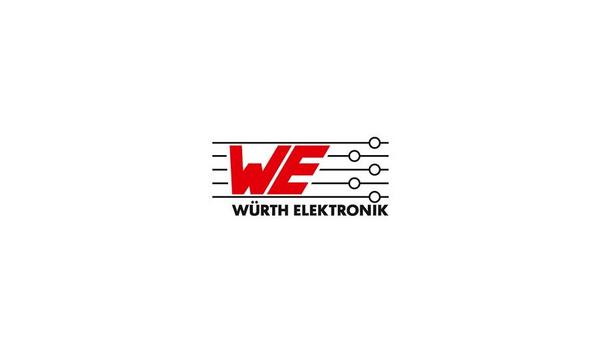With research by Harvard Business Review Analytic Services, Schneider Electric, the globally renowned company in the digital transformation of energy management and automation, has released a new article consolidating expert advice on how local transportation officials can best approach planning and deploying infrastructure of the future.
The in-depth article examines the responsibilities that sustainable infrastructure programs bestow on local transportation and government officials; and the approaches they can take to fulfill them.
Best practices for executing net-zero carbon investments
It also establishes best practices for executing net-zero carbon and other goals set for future transportation
It also establishes best practices for executing net-zero carbon and other goals set for future transportation investment and drawing on outside resources, such as industry leaders and community stakeholders.
Frederic Godemel, the Executive Vice President (EVP) - Power Systems & Services at Schneider Electric said “In the war on climate change, we’re fighting the clock. Transportation represents one of the most important decarbonization objectives to meet local, national, and international climate goals.”
Green transportation and mobility infrastructures
Frederic Godemel adds, “However, green transportation and mobility infrastructures of tomorrow are mostly planned and implemented at the local level. Hence, it’s so important for local transportation officials to know exactly how to get started, which is what this new research explains what this new research explains.”
The research article, commissioned by Schneider Electric, draws on the deep analytical, think-tank, and academic expertise of numerous industry thought leaders, including those from the MIT Mobility Initiative, the World Resources Institute, and Texas A&M’s Transportation Institute.
The central role of green infrastructure
Resilient, sustainable infrastructure is a key enabler of productivity and economic development
Resilient, sustainable infrastructure is a key enabler of productivity and economic development.
However, climate change and rapid growth in urbanization have made it even more crucial for governments, municipalities, public infrastructure owners, energy networks, and transport providers to make well-planned investments in smarter, greener solutions to support economic growth.
Frederic Godemel stated, “In this time of intensifying natural disasters and rapid urbanization, infrastructure systems are under immense pressure to deliver resilient and reliable services.”
Need for green revolution in infrastructure
Frederic Godemel continues, “With urban environments also relying heavily on infrastructure’s ability to handle electrification of public transport, we need a green revolution in infrastructure to keep energy flowing, transport moving and protect business and society against climate change.”






